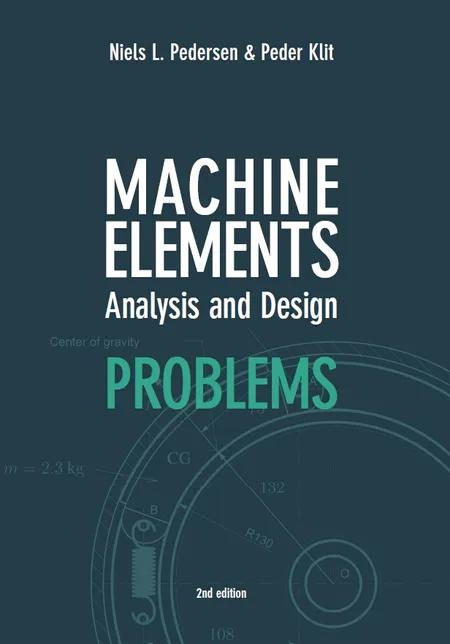
+ Læs mere
| Netboghandler | Pris | Fragt | Pris inkl. fragt |
|---|---|---|---|
| Alle boghandlere |

Machine Elements
Analysis and Design Problems
af Niels L. Pedersen & Peder Klit
Hæftet bog, 92 sider
ISBN: 9788750200994
Udgivet 01-07-2021 af Polyteknisk Forlag & Boghandel A/S
Vi er endnu ikke stødt på en boganmeldelse af 'Machine Elements' i de 488 aviser, blogs og andre medier, vi har fulgt siden 2010. Men vi har fundet 113.173 andre anmeldelser af bøger.